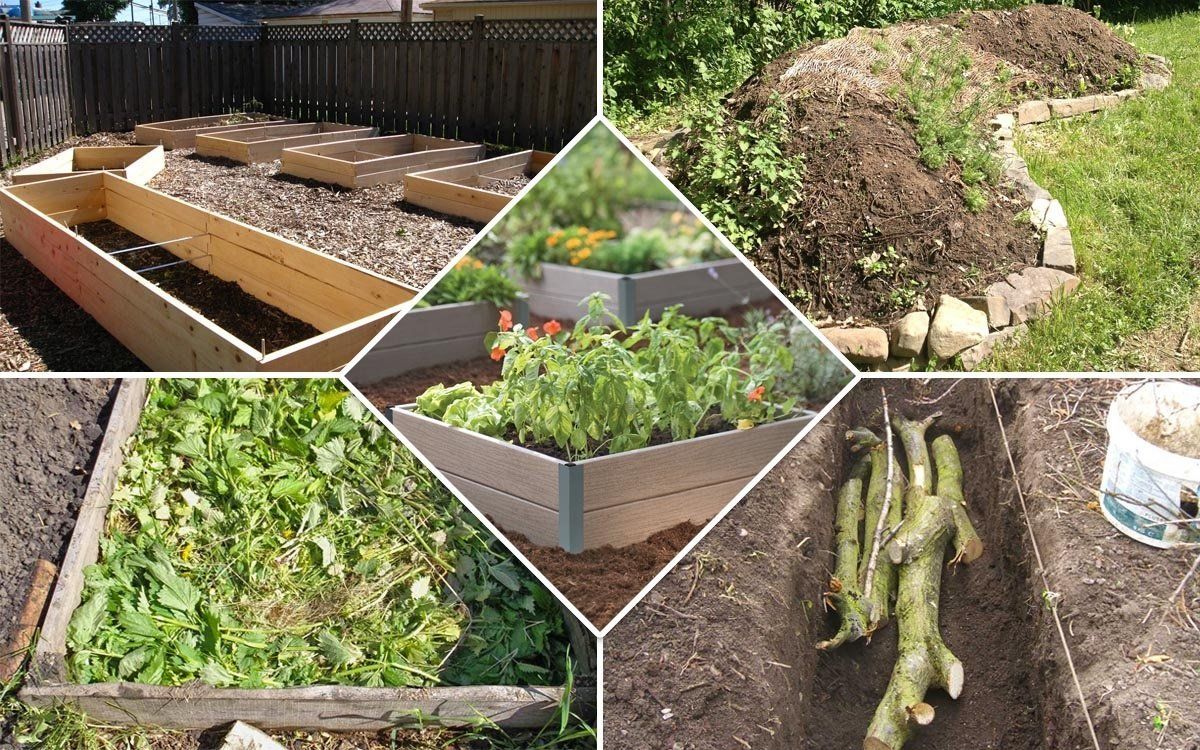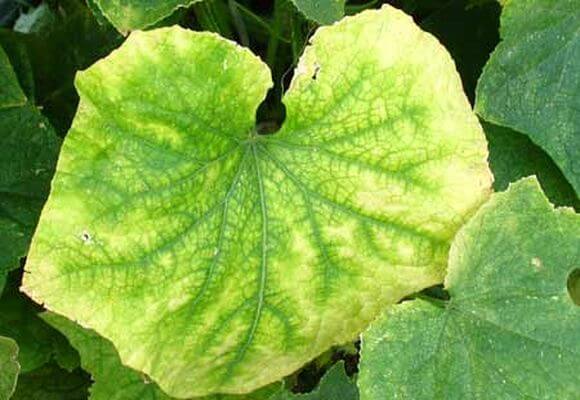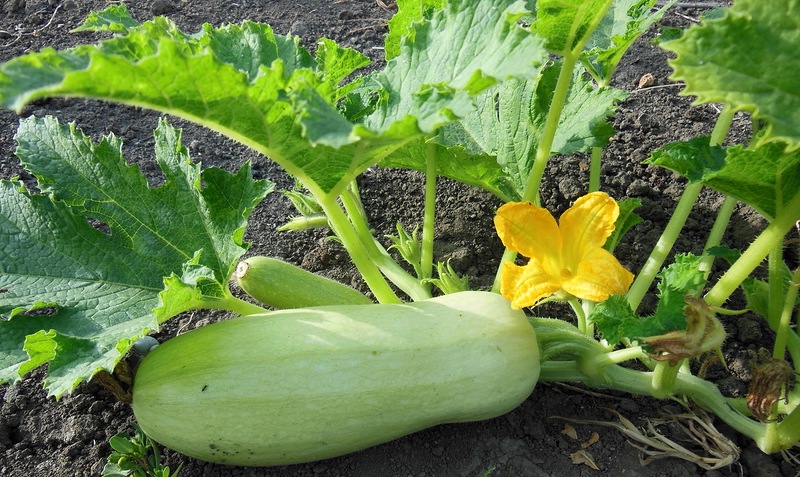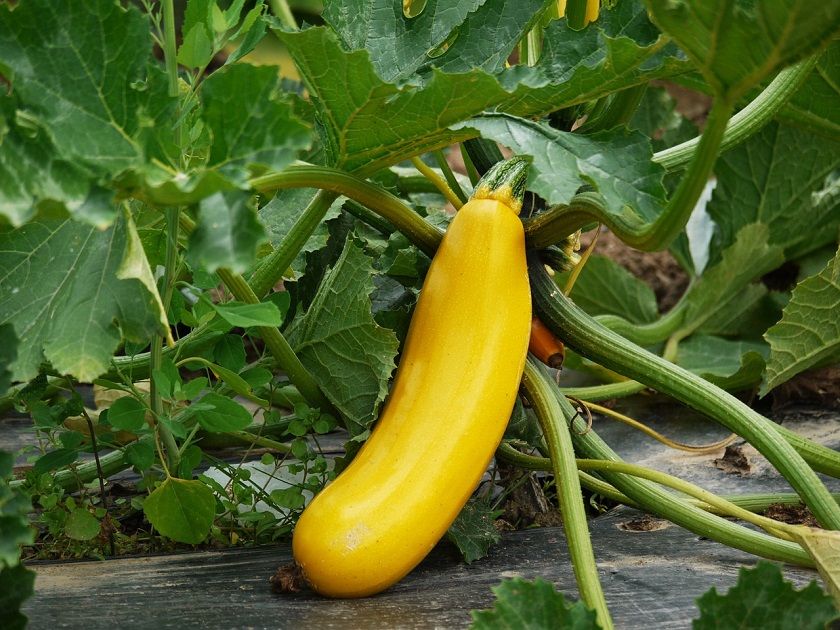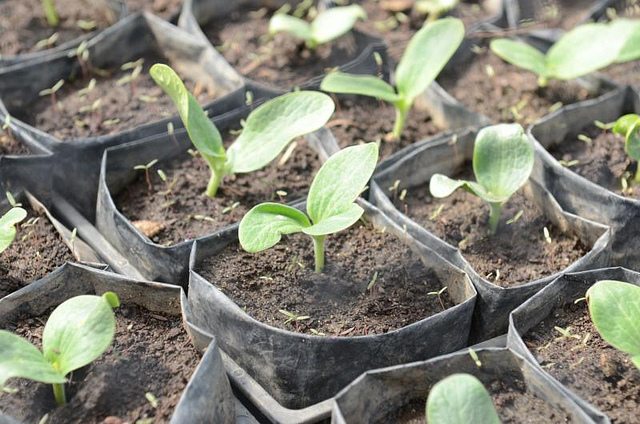Content:
Zucchini has long been one of the most popular vegetables in Russia. Healthy and tasty, very unpretentious, and even fruitful! The fruit got its name from the Ukrainian "tavern", which means pumpkin, and this is no coincidence: zucchini, so affectionately they began to call the fruit in Russia, is a kind of pumpkin.
Zucchini came to Russia from Turkey and Greece relatively recently - in the 19th century and had the appearance of an elongated fruit of a light greenish hue, close to white. However, at this time in Europe, especially in Italy, culinary experts with might and main used small multi-colored fruits, which were called "zucchini".
What is zucchini
This is the same zucchini, but smaller, tender, with a thin skin (all shades of green and yellow), pleasant taste and aroma. In fact, it is a type of squash, a relative of pumpkin, squash and cucumber. In our country, zucchini is sometimes called "Italian zucchini".
The homeland of zucchini is South America, where it was cultivated even before the birth of Christ, but only seeds were used for food. By the 16th century, the overseas visitor conquered the west of Europe - first Spain, and then southern Italy. "European zucchini" very quickly won the love of gourmets and was appreciated by farmers - for high fertility and rapid growth.
Flower dishes amaze with their gastronomic variety. They are fried and stuffed, baked and boiled, eaten raw. The exotic product is preserved ... in a vase of water, in the form of a bouquet. It is gentle and even capricious, it cannot be transported, but if the zucchini plantation is somewhere nearby, you can pleasantly surprise guests with exquisite recipes.
What to focus on when choosing zucchini seeds
To get your own crop of zucchini, you cannot do without planting material - seeds. They can be obtained in two ways - buy at a specialized store or prepare yourself.
DIY seeds
You will have to think about growing zucchini for seeds in advance and identify several bushes for this purpose.
- Once budding has begun, it's time to pinch the main stem.
- Change the composition of the feeding (reduce the nitrogen content).
- The selected ovary "for seeds" should grow for at least two months.
- The zucchini is done when the rind is very hard. It is easy to check - if when you press on it with a fingernail, there is no trace left, then the fruit is ready.
- The plucked zucchini is left to ripen for three weeks at home.
- Cut the fruit into two parts and take out all the seeds with your hands, lay out on a tray and dry (only naturally, in the air).
- Fold the future harvest in a cloth bag or paper bag. Thoroughly dried seeds are stored for 2-3 years without losing germination.
Buying seeds
Before you buy colorful bags of seeds in the store, you need to think carefully about what kind of zucchini you want to grow in the garden.
Rule number one: never be guided by the picture, but only by the description of the variety. This is the only way to choose the best varieties of zucchini for open ground or for a greenhouse.Therefore, the decisive should be:
- climatic conditions of the dacha region;
- the size of the personal plot (bush squash is the solution to this problem);
- yield of the variety;
- disease resistance;
- cold resistance;
- storage capacity;
- the purpose of the harvest is to grow a zucchini one-time or to breed a variety on your own and further. In the first case, it is recommended to purchase bags labeled F1 (hybrid). For seed breeding - common varieties. The fact is that hybrids do not give offspring or from their defective seeds, a completely different quality and type of vegetable grows;
- treatment of seeds from diseases, to increase and accelerate germination. In the form of pills - the shell contains fertilizers and stimulants, in a nutritious gel that retains moisture, bubbled, that is, enriched with oxygen, which increases their germination, plasma - with increased germination and resistance to fungi. Calibrated - selected by size, inlaid - with the nutritional composition of a multi-colored shell, on the tape - great convenience when planting, exclude thinning.
The difference between domestic and foreign hybrids
It is a mistake to think that imported zucchini seeds are several times better than domestic ones. Foreign selection has a slightly different focus. The emphasis is on:
- appearance;
- storage.
Cons of foreign seeds:
- middle and late ripening;
- lower vitamin content;
- poor quality of the Chinese manufacturer.
But it should be noted that foreign selection enriches our gardens with new varieties, and proven producers supply high quality seeds to the market that resist diseases. Full compliance with the labeling and contents of the bag.
Domestic samples. Pros:
- adaptation to Russian climatic conditions;
- saturation with vitamins and flavonoids (to a greater extent than foreign samples).
Cons of domestic seeds:
- falsification of products;
- seed quality (low germination).
The best seeds of domestic zucchini for greenhouse cultivation
Top 7 popular zucchini varieties:
- White-fruited- bush, early ripening, gives a high yield. Prefers light soil, sensitive to crop rotation (ideal if tomatoes were grown in the greenhouse in the previous year).
- Nemchinovsky- bushy, extremely resistant to fungal diseases. Quality taste, delicate pulp
- Belogor- early ripening, medium-sized fruits, bushy, high-yielding.
- Gribovsky - one of the most productive (12 kg per bush). Has a high immunity to diseases.
- Waterfall - on the nutritious soil, an amazing-looking dark green zucchini with excellent taste grows. The variety is very resistant to fungi. The yield is high.
- Belukha - a young variety with excellent performance. Early ripe, high yield (up to 11 kg per square meter), good taste.
- Belogor - bush, early ripening, resistant to fungal diseases. The harvest is excellent - up to 14 kg per square meter.
High-yielding hybrids of foreign origin
- Astoria- early ripe zucchini. Powerful greens with impressive fruits - up to 1.5 kg each. Bears fruit for a long time, keeps well, does not lose its taste and presentation.
- Zebra - striped fruit (dark and light alternating stripes) gives a huge yield - about 15 kg per season from each bush.
- Gold Cup - early ripe variety with yellow zucchini. 5-6 pieces ripen at the same time! Differs in high keeping quality. Over time, it only tastes better.
- Nero de Milano - bush zucchini, gives large, very dark fruits. Ripens early. The yield is high - about 10 kg per square meter. Stored for a long time when removed.
- Aeronaut - bushy, early ripe, green, tasty marrow with thin skin. The yield is high.
- Souvenir- a hybrid of early ripening, open ground is ideal for it. The use is universal. Good harvest for a long time. Quality taste, juiciness.
- Tsukesha Is a widespread variety of zucchini. Unpretentious and harvestable. Excellent pulp taste. It is best consumed during the milky ripeness period, until the skin is thickened. It bears fruit all summer and early autumn.
- Iskander - a Dutch variety of zucchini, a favorite in Russia. Its characteristics are early ripening, high yield, small ripe fruit (up to 25 cm) of light green color, resistant to fungus.
It is easy to see that the best zucchini zucchini are bush varieties.
Zucchini seeds: the best varieties for open ground
- Beloved among professionals and amateur gardeners are the fruits of an early ripening period - this is dictated by the profit for those who sell products. Kaveli, Iskander, Tsukesha, Aeronaut, Beloplodny;
- In second place in popularity is the average ripening period. When an early harvest is harvested, the second wave comes to replace - Kuand, Gribovsky, Zolotinka, Black handsome;
- Third place for late zucchini - Lagenaria, Spaghetti, Tivoli. They will ripen only by autumn.
More about the marrow variety "Tivoli" - this is a marrow in the form of a shrub, a variety of Spaghetti. Its fruits are round, weighing more than a kilogram. Like Spaghetti, it is eaten boiled. Then the core turns into "spaghetti" - an original side dish. Small fruits are eaten fresh - in a salad.
For the sake of experiment, it is worth planting such an exotic variety.
You can form any kind of bush squash to open up the sun. A few upper leaves are removed with pruning shears.
Seeds of unusual types of squash
- Negro child. Striking in its green-black color. Excellent taste, early ripening - less than a month and a half from germination. Resistant to fungal diseases.
- Yellow-fruited. Very beautiful, bright, yellow-gold zucchini. Pleases not only in appearance, but also in the amazing sweetness of the fruit. Refers to the most productive varieties - up to 20 kg per square meter! It is immune to powdery mildew.
- Long-fruited. Kustovoy. Not very fruitful (3 kg per 1 square meter), but tasty and effective fruit. Especially good when canned.
- Pear-shaped. The name speaks for itself. Giant "pears" (the weight of the fruit is more than a kilogram) of green color have a beautiful orange pulp and delicate aroma. Besides good taste, it will also benefit the body as it contains antioxidants. Experienced housewives bake pancakes and pancakes with him, and everyone who cares about their appearance makes cosmetic masks.
- Spaghetti. It is named so for its spaghetti-like pulp. This is a special kind of squash. Since it grows strongly, it requires the formation of a bush, however, you can use its natural qualities and plant it on a towering bed as an ampelous plant. In addition to gastronomic purposes, it will also decorate the site.
- White bush. Danish selection. Early ripe. The small fruit, almost white, tastes good. Caring for him is normal, it comes down to feeding, loosening and watering. The harvest will be rich.
- Tintoretto - a round and slightly ribbed zucchini ball with a small speck, grows to an impressive size. Some specimens reach 2 kg and keep well.
- Climbing- capriciously curved fruit of light green-yellow color. Sometimes it is bent into an almost regular circle and resembles a steering wheel. He is not like his fellows. Long whip-lianas climb in different directions, get in the way, but this can be avoided by building a trellis.
- Ronda- a cute little ball is more like a small pumpkin. Its color is interesting - a motley stripe on a light green background.No need to chase the size - the more often you pluck young fruits, the more ovaries will form.
There are not so few varieties of spherical zucchini:
- Sailor;
- Ball;
- Kolobok;
- Bourgeois
- Tondo di Piacenza;
- Orange;
- Festival;
- Cook.
All varieties are early, yielding rich yields. Growing such specimens on the site is not only useful for the table, but also decorates the garden!
Checking zucchini seeds for germination
How to correctly check the germination of marrow seeds:
- ordinary sawdust is scalded several times with boiling water, then the water is drained and seeds are placed in the raw sawdust in rows, the distance between which should be several centimeters. Each grain in a row is 1.5-2 cm apart from the other. By how well they hatch together, it is easy to determine what percentage of germination. Leave the container with sawdust in a warm place (temperature 25-27 degrees). Make sure that the sawdust does not dry out;
- first, calibrate - select the healthiest and heaviest seeds, after which they can be soaked in a vessel with salt solution (a large spoon for a cup of water), for 10-15 minutes. Each emerging seed must be thrown away. The rest are suitable for sowing. However, not all of them can sink at the same time. You can wait a couple more minutes. It is possible that some of those who surfaced did not completely let water through the shell. This check gives a reliable result.
The correct choice of the variety is one of the decisive conditions for a rich harvest.






